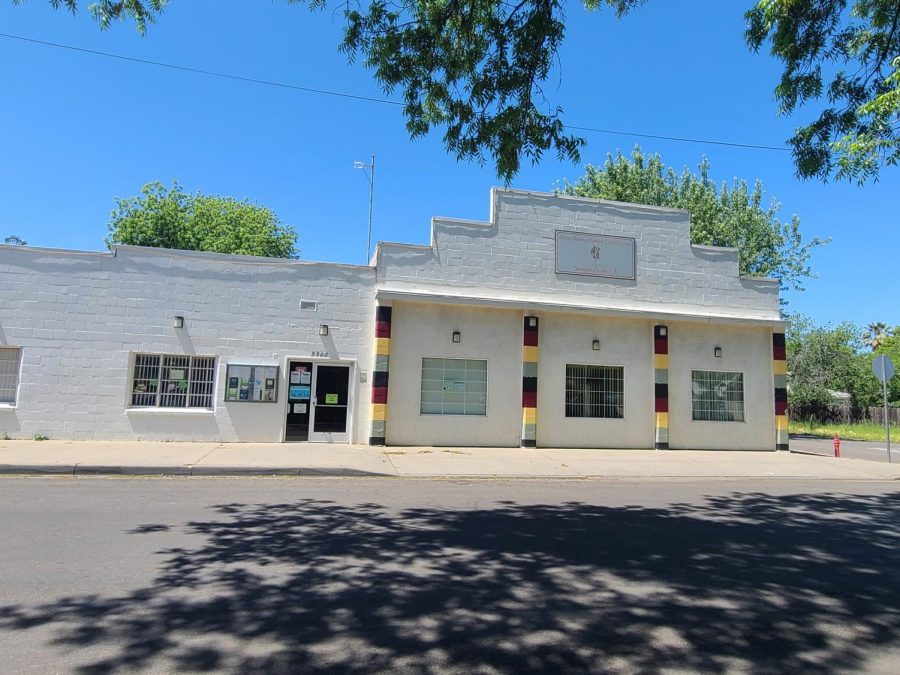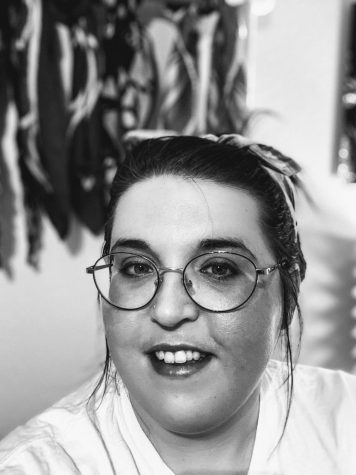In downtown Atlanta, there sits a small brick building that was the home to the first black-owned radio station – WERD – in the United States in the 1950s. The Rev. Martin Luther King Jr. and other civil rights leaders used the broadcast to spread their messages, encourage black citizens to vote and announce civil rights marches in between the performances of black jazz and blues performers during the Jim Crow era.
One would hope that by the year 2021 the legacy that WERD left in American history would only help to grow and expand the number of black-owned radio stations. Unfortunately, the data tells a much different story.
The Radio and Television Business Report reported last year that the number of Black owned stations is still vastly below the average for white owned stations. Black Americans make up 13% of the U.S. population and yet they own only 180 of the more than 11,000 commercial radio stations in the U.S. This low ownership level results in Black voices unable to make their concerns adequately heard or addressed to not only the general public, but to our political leaders.
Out of California’s hundreds of radio stations, only two are Black-owned. One is operated by the California Black Chamber of Commerce Foundation, Sacramento’s KDEE-FM 97.5, which has been a pillar of the community for more than 15 years, operating as a low-power FM station.
The other one is the African American Family Cultural Center of Oroville which started the KOYO Media Project. It began as a summer program for children learning to be part of media production. From this, KOYO-LP’s new program “Soul Sessions: Through The Eyes Of Us” emerged. The program involves a series of talks about issues from Black perspectives, covering a different topic at 3 p.m. every Tuesday.
The AAFCC-Oroville invites people, virtually and personally, to celebrate their 10-year anniversary on May 11. Program manager ShaVeeta Hall said they will also be on YouTube where others can join them as they share what children are working on through the center’s projects.
Hall also invites people to join them for conversations and panel discussions on KOYO-LP, the radio broadcast from the center’s KOYO Media Project. Along with the rest of AAFCC’s programs, Butte County Behavioral Health has sponsored the project.
KOYO has been able to do something that many other local and national public radio stations have not been able to do — diversify their stories and audience. For so long the demographic of public broadcasting audiences has been centered around white Americans and what they want to hear.
Within the industry of public broadcasting it is well known that the core audience can profoundly shape the programming. The National Public Radio’s first employee, Jack Mitchell, summed up this broadcasting and listener relationship in his memoir stating, “Public radio has a symbiotic relationship with its listeners, who are well educated and societally conscious and who feel so connected to their medium that they are willing to support it financially.”
Mitchell goes on to say that public radio is molded by white highly educated and well-off baby boomers. This demographic is so strong that it often dictates how controversial or not the programming will be. By catering to this restrictive audience, the public as a whole ends up missing out on a wide range of perspectives from journalists of color.
A 2018 report in which NPR was self-critical about its diversity problem, found that 83% of all voices on weekday news programs were white and 67% were male. NPR has made great efforts to increase their diversity in their programming, however, that does not account for the experiences in broadcasting on the local level.
Laura Garbes, writer for The American Prospect, conducted a survey over six months in which she interviewed 70 people of color who have worked at one or more NPR stations. “Over half the interviews in this sample gave examples of concrete resistance they encountered when proposing stories that made white people feel uncentered or uncomfortable,” Garbes said.
Garbes found that more often than not when reporters pitched stories that the editors or station managers felt the audience wouldn’t like or understand, they would drop it. It doesn’t help that the demographic of editors and station managers often reflects that of the audience, creating a broadcasting echo chamber where new voices are struggling to be heard.
KOYO is a radio station that helps to combat this systematic inequity that persists in a long-held broadcasting history. Black audiences are allowed to listen to and discuss topics and issues that predominantly affect them, allowing for the dissemination of information that is far too often hidden from public view.
During last year’s elections and Black Lives Matter protests, Hall said Soul Sessions served to “be a light in the community and non-biased in our experiences.”
Last week’s Soul Sessions discussion, “The Power Of The Black Dollar,” covered the concept of buying power. Aside from McDonald’s recent “Travis Scott meal,” the discussion included companies like Newport using marketing research to appeal to Black communities.
Biden’s intent to ban menthol cigarettes nudges the awareness of consumer-based influences on health. Similarly, rapper Travis Scott’s deal with McDonald’s suggests marketing influence on consumer decisions. Both cases bear criticism of consumer culture’s impact on buying power.
Stanford Research Into the Impact of Tobacco Advertising, an interdisciplinary research group formed in 2007 by Stanford professor Robert Jackler, researched advertisement campaigns by menthol cigarette companies like Newport and Kool. Since the 1960s, marketing focus had shifted toward Black communities.
The panel discussion also included the need to use buying power to close the wealth gap. The Montgomery bus boycott of the 1950s is a historic example of using consumer power to invoke change. Today, new action entails supporting Black-owned businesses online.
However, as the discussion’s host Wayne Crooks mentioned, buying power does not equate to wealth. One is not “doing well” simply because of buying power. This observation led to suggestions for closing the wealth gap.
Crooks suggested stocks and real estate as ways to secure generational wealth. Land and home ownership have been historic measures of wealth primarily for white people. This helped create the generational wealth gap that exists today.
Crooks also highlighted the importance of financial literacy in younger people. Communities need to teach children about increasing the value of the dollar.
Consumers must evaluate whether their choices are based on need or marketing appeal. The panel’s discussion encouraged people to not support companies that don’t support Black communities.
Consumers must also analyze the reasons why companies post “Black Lives Matter” signs outside of their businesses. Are they trying to fend off public judgments on their past mistakes, or do they stand in solidarity through support and inclusionary action?
KOYO doesn’t just serve as a local community good, but is an important part of the foundation to growing the expanse of Black-owned businesses. They alone can not fight this battle for better representation.
In order to address this inequity in broadcast station ownership, Congressman G.K. Butterfield introduced H.R. 3957, “Expanding Broadcast Ownership Opportunities Act of 2019.” This bill would reinstate the tax certificate as a way to increase ownership of broadcast stations by minorities and women.
From 1978–1995 when the bill was in effect, it was by far the most effective policy for promoting underrepresented demographics in media. When it was repealed, Black radio station ownership saw a steady decline. Support of this bill and local Black-owned radio stations will be the best ways to combat the disparities we see in public broadcasting across the country.
Shae Pastrana can be reached at orionmanagingeditor@gmail.com and @PastranaShae on Twitter.
Erin Holve can be reached at orionmanagingeditor@gmail.com and @Erin_Holve on Twitter.








